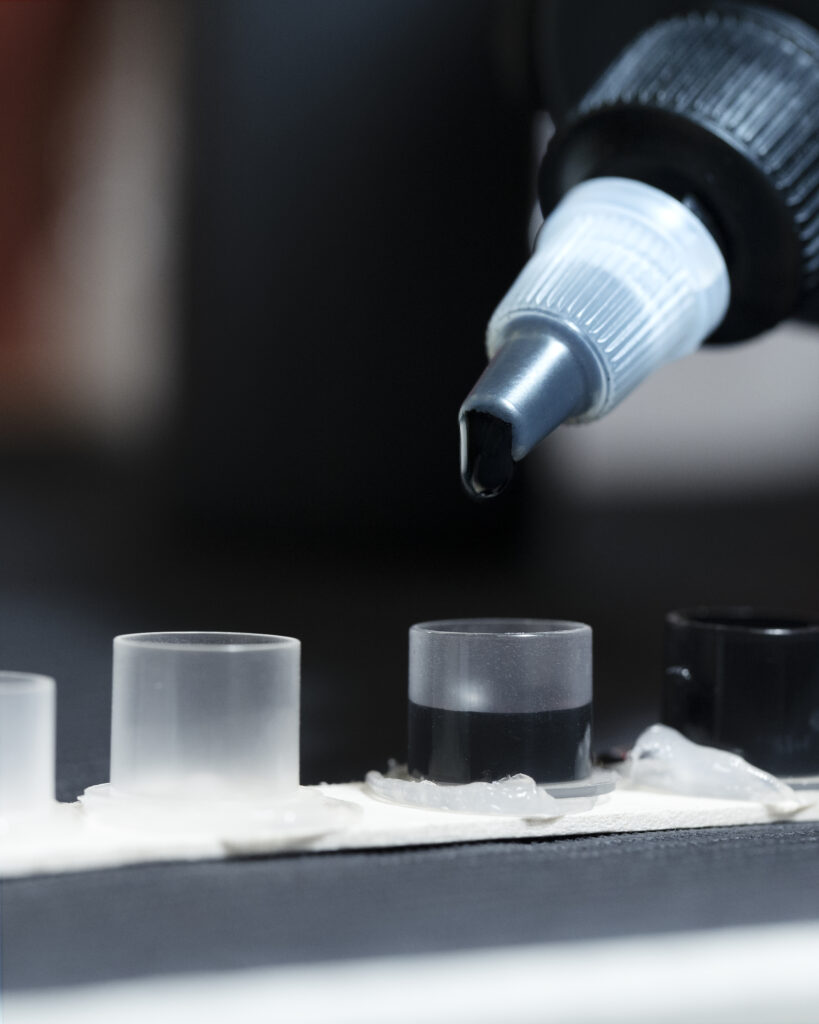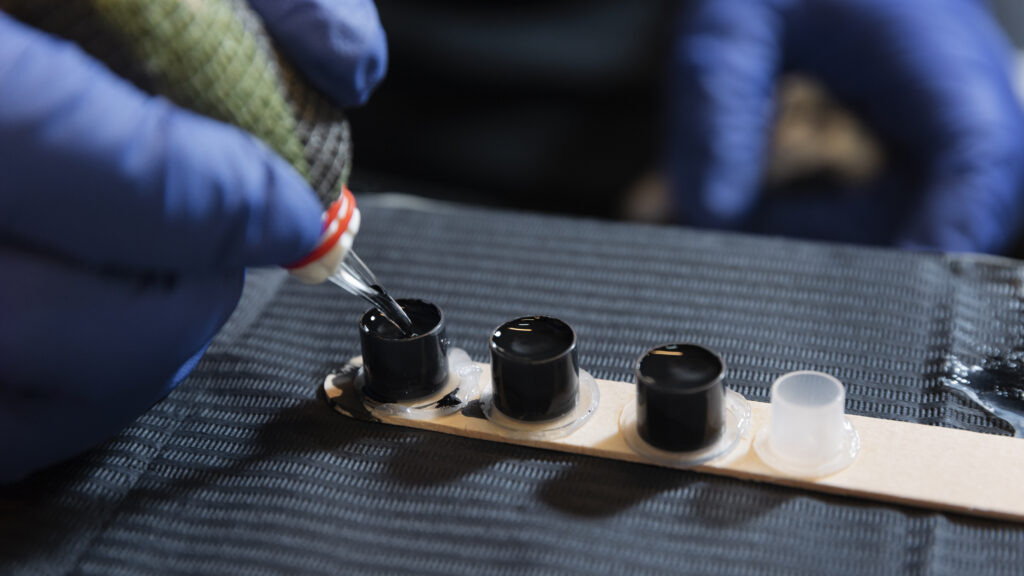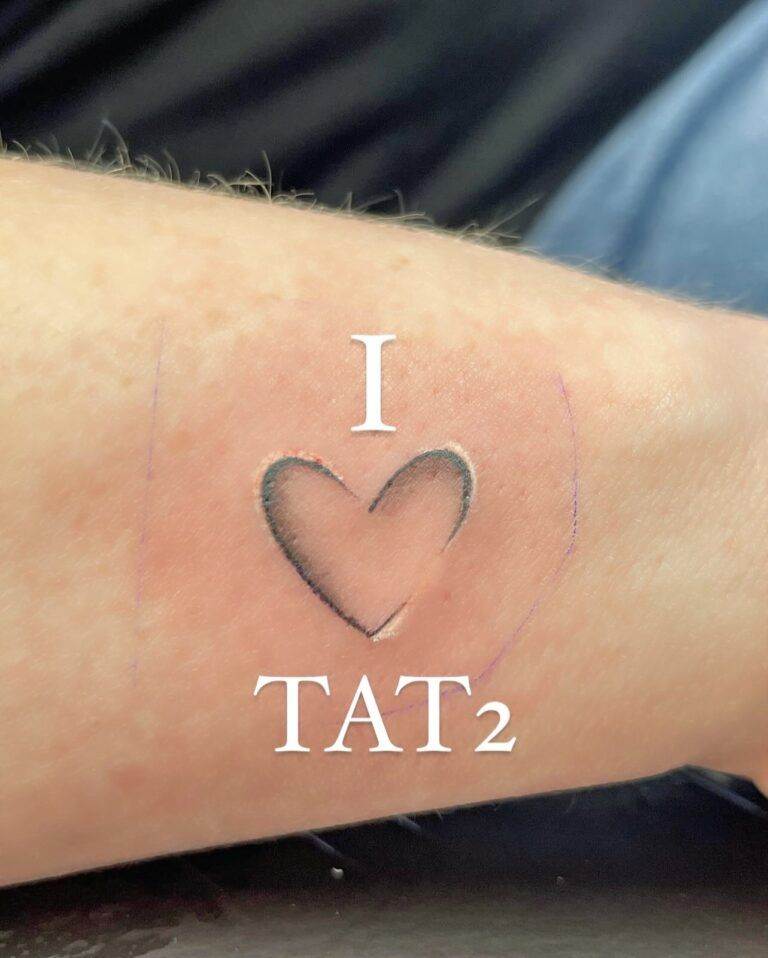Tattoo ink is a complex mixture of various components that work together to create the vivid designs that adorn the skin. At its core, tattoo ink consists of pigments, carriers, and additives. The pigments are the colorants that provide the desired hues, while the carriers are solvents that help disperse the pigments and facilitate their application onto the skin.
Common carriers include water, alcohol, and glycerin, which not only help in the application process but also play a role in preserving the ink’s stability and consistency. Additives may include preservatives to prevent microbial growth and other substances that enhance the ink’s performance. The pigments used in tattoo ink can be derived from a variety of sources, including organic and inorganic materials.
Organic pigments are often vibrant and bright but may fade more quickly over time. In contrast, inorganic pigments tend to be more stable and resistant to fading, making them a popular choice for long-lasting tattoos. Understanding the composition of tattoo ink is crucial for both artists and clients, as it directly influences the quality, longevity, and safety of the tattooing process.


Key Takeaways
- Tattoo ink is composed of pigments, carriers, and additives, which determine its quality and longevity.
- Low-quality ink can lead to faster fading and distortion of the tattoo design over time.
- High-quality ink is essential for vibrant and long-lasting tattoo colors, as it contains a higher pigment concentration and better ingredients.
- Poor-quality tattoo ink can pose potential health risks, such as allergic reactions and infections, due to harmful additives and contaminants.
- High-quality tattoo ink can be identified by checking for FDA approval, researching reputable brands, and examining the ingredients list for safe and high-quality components.
The Impact of Low-Quality Ink on Tattoo Longevity
Using low-quality tattoo ink can significantly affect the longevity of a tattoo. Inks that are poorly formulated may contain subpar pigments that fade quickly or change color over time. This fading can lead to a lackluster appearance, diminishing the overall aesthetic of the tattoo.
Additionally, low-quality inks may not adhere well to the skin, resulting in uneven application and patchy designs. As a result, clients may find themselves needing touch-ups sooner than expected, which can be both time-consuming and costly. Moreover, low-quality inks often lack the necessary stability and consistency required for optimal performance.
This instability can lead to issues such as bleeding or spreading of the ink beneath the skin’s surface, which can distort the original design. In contrast, high-quality inks are formulated to maintain their integrity over time, ensuring that tattoos remain vibrant and true to their original design for years to come. Therefore, investing in high-quality tattoo ink is essential for anyone looking to achieve a lasting and visually appealing tattoo.
The Importance of High-Quality Ink for Vibrant Colors

High-quality tattoo ink is essential for achieving vibrant colors that stand out on the skin. The richness and intensity of a tattoo’s colors are largely determined by the quality of the pigments used in the ink. Premium inks often contain finely milled pigments that provide a more saturated color payoff compared to their lower-quality counterparts.
This saturation is crucial for creating bold designs that capture attention and maintain their visual impact over time. In addition to color vibrancy, high-quality inks also offer better blending capabilities. Artists can create smooth transitions between colors and achieve intricate details with greater ease when using superior inks.
This versatility allows for more creative expression and enables artists to push the boundaries of their craft. Furthermore, high-quality inks are less likely to fade or change color over time, ensuring that tattoos retain their original brilliance for years to come. For anyone considering a tattoo, choosing high-quality ink is paramount for achieving a stunning and enduring piece of art.
Potential Health Risks of Using Poor-Quality Tattoo Ink
The use of poor-quality tattoo ink can pose significant health risks to clients. Many low-quality inks contain harmful substances or contaminants that can lead to adverse reactions. For instance, some inks may include heavy metals or toxic chemicals that can cause skin irritations, allergic reactions, or even infections.
These health risks underscore the importance of selecting inks that are not only visually appealing but also safe for use on the skin. In addition to immediate reactions, there may be long-term health implications associated with using substandard inks. Some pigments used in low-quality inks have been linked to chronic health issues, including skin disorders or systemic reactions that can affect overall well-being.
As awareness of these risks grows, it becomes increasingly important for both artists and clients to prioritize safety by opting for high-quality inks that meet regulatory standards and have been tested for safety. By doing so, individuals can enjoy their tattoos without compromising their health.
How to Identify High-Quality Tattoo Ink
Identifying high-quality tattoo ink requires careful consideration of several factors. One of the most important aspects is checking for compliance with safety regulations and standards set by health authorities. Reputable manufacturers will often provide documentation or certifications that demonstrate their commitment to producing safe and effective products.
Clients should look for inks that are free from harmful additives and have undergone rigorous testing for safety. Another indicator of high-quality ink is its consistency and texture. High-quality inks typically have a smooth consistency that allows for easy application and even distribution on the skin.
When testing an ink, artists should observe how well it flows from the needle and how it interacts with the skin during application. Additionally, examining the pigment concentration can provide insight into the ink’s quality; higher pigment concentrations generally result in more vibrant colors and better longevity.
The Role of Ink Chemistry in Tattoo Fading

Ink chemistry plays a crucial role in how tattoos fade over time. The stability of pigments within the ink is influenced by various chemical properties, including their solubility and resistance to light degradation. Inks with unstable pigments may break down when exposed to sunlight or other environmental factors, leading to premature fading.
Understanding these chemical interactions is essential for both artists and clients who want to ensure their tattoos remain vibrant. Furthermore, the interaction between ink chemistry and skin biology can also affect fading rates. The body’s immune response plays a role in how well ink particles are retained within the skin.
Some inks may be more easily absorbed or broken down by the body’s natural processes, leading to faster fading. Artists who are knowledgeable about ink chemistry can make informed choices about which products to use based on their understanding of how different inks will perform over time.
Factors to Consider When Choosing Tattoo Ink
When selecting tattoo ink, several factors should be taken into account to ensure optimal results. First and foremost is safety; clients should prioritize inks that are free from harmful chemicals and have been tested for safety by reputable manufacturers. Additionally, artists should consider the specific needs of their designs; certain inks may be better suited for particular styles or techniques.
Color vibrancy is another critical factor; artists should choose inks known for their rich pigmentation and longevity. It’s also important to consider how well an ink blends with others if multi-color designs are planned. Finally, artists should take into account their own experiences with different brands; personal preference can play a significant role in achieving desired results.
By carefully evaluating these factors, both artists and clients can make informed decisions about which tattoo inks will best meet their needs.
The Future of Tattoo Ink Chemistry: Innovations and Developments
The future of tattoo ink chemistry is poised for exciting innovations and developments as technology advances and consumer demands evolve. Researchers are exploring new formulations that enhance color vibrancy while minimizing health risks associated with traditional inks. For instance, there is ongoing work on developing biodegradable inks made from natural materials that offer both safety and environmental benefits.
Additionally, advancements in nanotechnology may lead to the creation of inks with improved stability and longevity. These innovations could result in tattoos that resist fading even under harsh environmental conditions while maintaining their original brilliance over time. As awareness grows regarding the importance of quality in tattoo inks, it is likely that manufacturers will continue to invest in research and development to create safer, more effective products that meet the needs of both artists and clients alike.
In conclusion, understanding tattoo ink’s composition, quality implications, health risks, identification methods, chemistry roles, selection factors, and future innovations is essential for anyone involved in the tattooing process. By prioritizing high-quality inks, clients can ensure their tattoos remain vibrant and safe while artists can enhance their creative expression through superior materials. As the industry continues to evolve, staying informed about these aspects will empower individuals to make educated choices regarding their body art.
FAQs
What is tattoo ink made of?
Tattoo ink is typically made of a combination of pigments, carrier fluids, and other additives. The pigments are the colored components, while the carrier fluids help to deliver the pigment into the skin. Additives may be included to improve the ink’s consistency, stability, and longevity.
Why does the quality of tattoo ink matter for longevity?
The quality of tattoo ink is important for longevity because lower quality inks may fade more quickly or change color over time. High-quality inks are formulated to be stable and resistant to fading, resulting in a longer-lasting and more vibrant tattoo.
What are some factors that affect the quality of tattoo ink?
Factors that affect the quality of tattoo ink include the purity and source of the pigments, the composition of the carrier fluids, and the presence of any additives. The manufacturing process and quality control measures also play a significant role in determining the overall quality of the ink.
Are there any health concerns related to tattoo ink chemistry?
Some tattoo inks may contain potentially harmful ingredients such as heavy metals or other toxic substances. It is important for tattoo artists and clients to be aware of the potential health risks associated with certain tattoo inks and to choose high-quality, reputable products to minimize these risks.
How can tattoo enthusiasts ensure they are using high-quality ink for their tattoos?
Tattoo enthusiasts can ensure they are using high-quality ink by researching reputable tattoo ink brands, asking their tattoo artist about the ink they use, and checking for any certifications or safety standards that the ink may adhere to. It is important to prioritize quality and safety when choosing tattoo ink for a new tattoo.

The Critical Role of Quality in Ensuring Lasting Vibrancy









